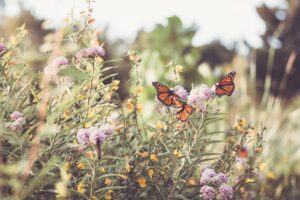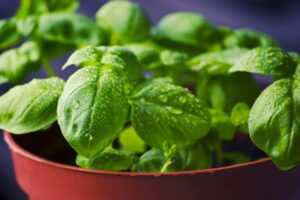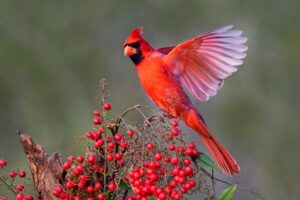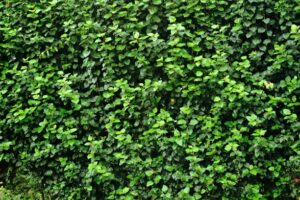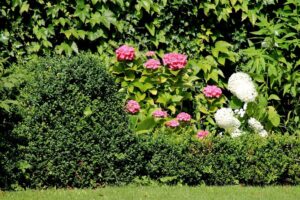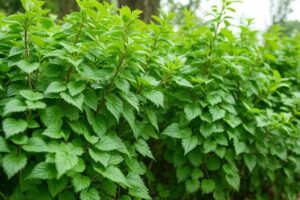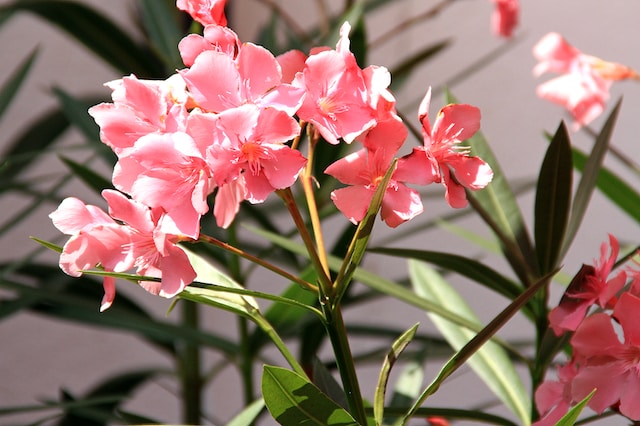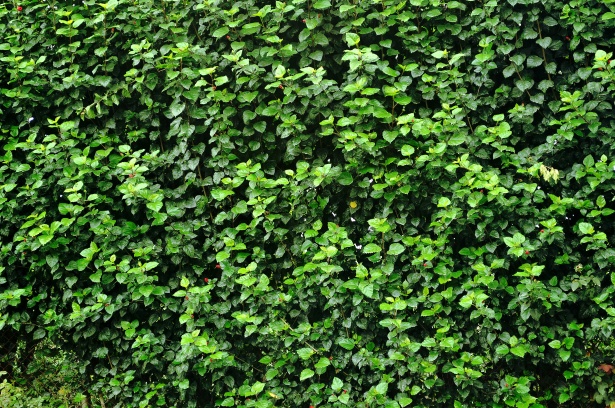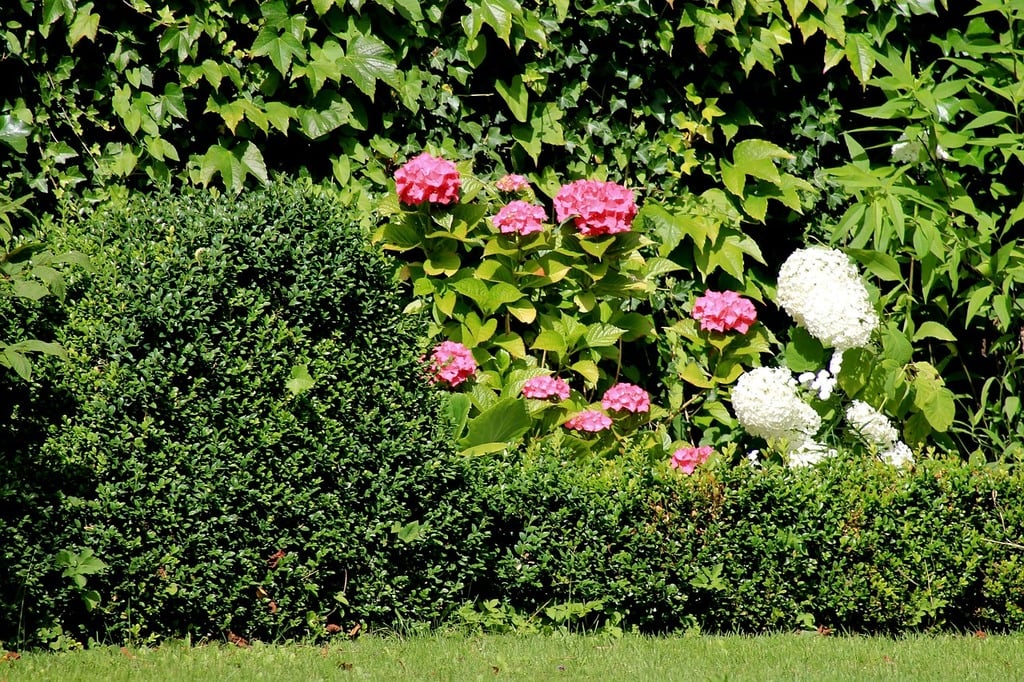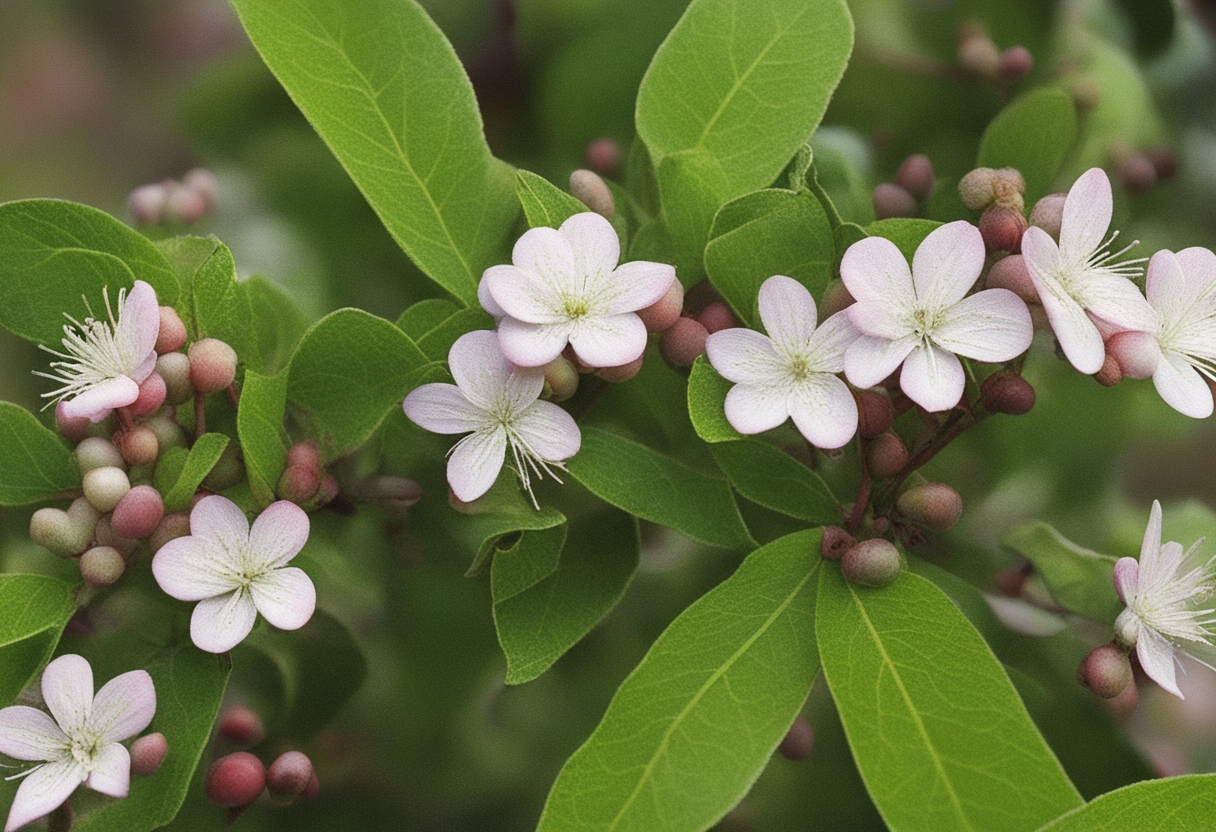Introduction
I’m a plant lover and have always wanted to grow my own oleander plants. Oleanders are one of the most popular indoor houseplants, as well as outdoor plants in warm regions. Oleander plants are poisonous, so it’s best to keep them away from pets and children unless you’re absolutely sure they won’t eat them (and why would they?). The top layer of soil should be kept damp at all times, but the soil should never be kept soggy or wet. Oleander plants are susceptible to several common pests and diseases, including whiteflies, scale insects and mites; these problems will be prevented if you take care not to overwater your plant. If your oleander plant becomes too big for its pot, you can divide it by cutting off sections with a sharp knife or pruning shears before repotting them into slightly larger containers
Oleander plants are one of the most popular indoor houseplants, as well as outdoor plants in warm regions.
They’re also poisonous, so keep them away from pets and children. Oleander can handle extreme heat and cold, making it a drought-tolerant plant that’s easy to care for.
Oleander (Nerium oleander) is a flowering shrub with thick stems covered in fine hairs that grow upward from an underground root system that spreads out over time. It can grow up to 10 feet tall but will usually be smaller than that when grown indoors or outdoors in mild climates such as California where it has been known to reach heights of 6 feet high!
Oleander plants are poisonous, so it’s best to keep them away from pets and children.
The oleander plant is toxic to humans and animals, so it’s best to keep them away from children and pets. If you ingest the plant, call poison control immediately.
Oleander is a drought-tolerant plant that can handle extreme heat and cold.
Oleander plants are also known for their ability to bloom year-round in many areas of the world, making them an attractive garden addition for any climate.
The top layer of soil should be kept damp at all times, but the soil should never be kept soggy or wet.
When you’re watering your oleander plant, the top layer of soil should be kept damp at all times. Ideally, you want to water them enough so that there is some moisture in the soil when you press it with your finger. If there isn’t any moisture present and you notice that the leaves are starting to droop or wilt, then it’s time to water again! You don’t want them sitting in wet soil for too long because this will cause root rot (which is bad).
Oleander plants are susceptible to several common pests and diseases, including whiteflies, scale insects and mites.
Whiteflies are tiny flying insects that can be a real nuisance to your oleander plant. They suck the sap from leaves and cause yellowing or browning of the leaves as well as stunting new growth on the plant. Scale insects appear as small bumps on leaves or stems with hard shells covering them; the bumps will eventually turn into brownish or black spots if left untreated by an insecticide spray. Mites feed on young shoots in springtime causing damage to foliage while also transmitting virus diseases such as mosaic virus which weakens oleander plants’ immune systems making them more susceptible to other problems like fungal infections in summertime heat waves when temperatures rise above 80 degrees Fahrenheit (27 degrees Celsius).
If your oleander plant becomes too big for its pot, you can divide it by cutting off sections with a sharp knife or pruning shears before repotting them into slightly larger containers.
- If your oleander plant becomes too big for its pot, you can divide it by cutting off sections with a sharp knife or pruning shears before repotting them into slightly larger containers.
- If you’re dividing an oleander that’s in active growth, this is the best time to do it because it will help avoid root rot and other problems.
- Don’t repot your plant until it has outgrown its container!
Plant breeders have created many varieties of oleander plants including red-flowered ones that attract hummingbirds when they bloom in springtime.
- Red-flowered oleanders are especially attractive to hummingbirds, and they bloom in springtime.
- Many varieties of oleander plants are available to choose from, including ones with white flowers that bloom all year long or pink-flowered ones that attract butterflies.
Growing oleanders is easy if you follow these tips
- You can grow oleanders indoors or outdoors, but they do best in full sun. If you’re growing them indoors, be sure to provide plenty of light and water regularly.
- Avoid overwatering your oleanders because this will cause the roots to rot quickly and kill your plant! The best way to ensure that you don’t over-water is by using a soil moisture meter when watering your plants. It’s also important not to let them sit in standing water at all; this allows harmful fungus spores an opportunity to grow inside their stems and leaves–and eventually kill them off completely!
Conclusion
In conclusion, oleander plants are easy to care for and make a great addition to any home. If you follow these tips for growing and caring for this beautiful plant, it will reward you with years of beauty and fragrance.


